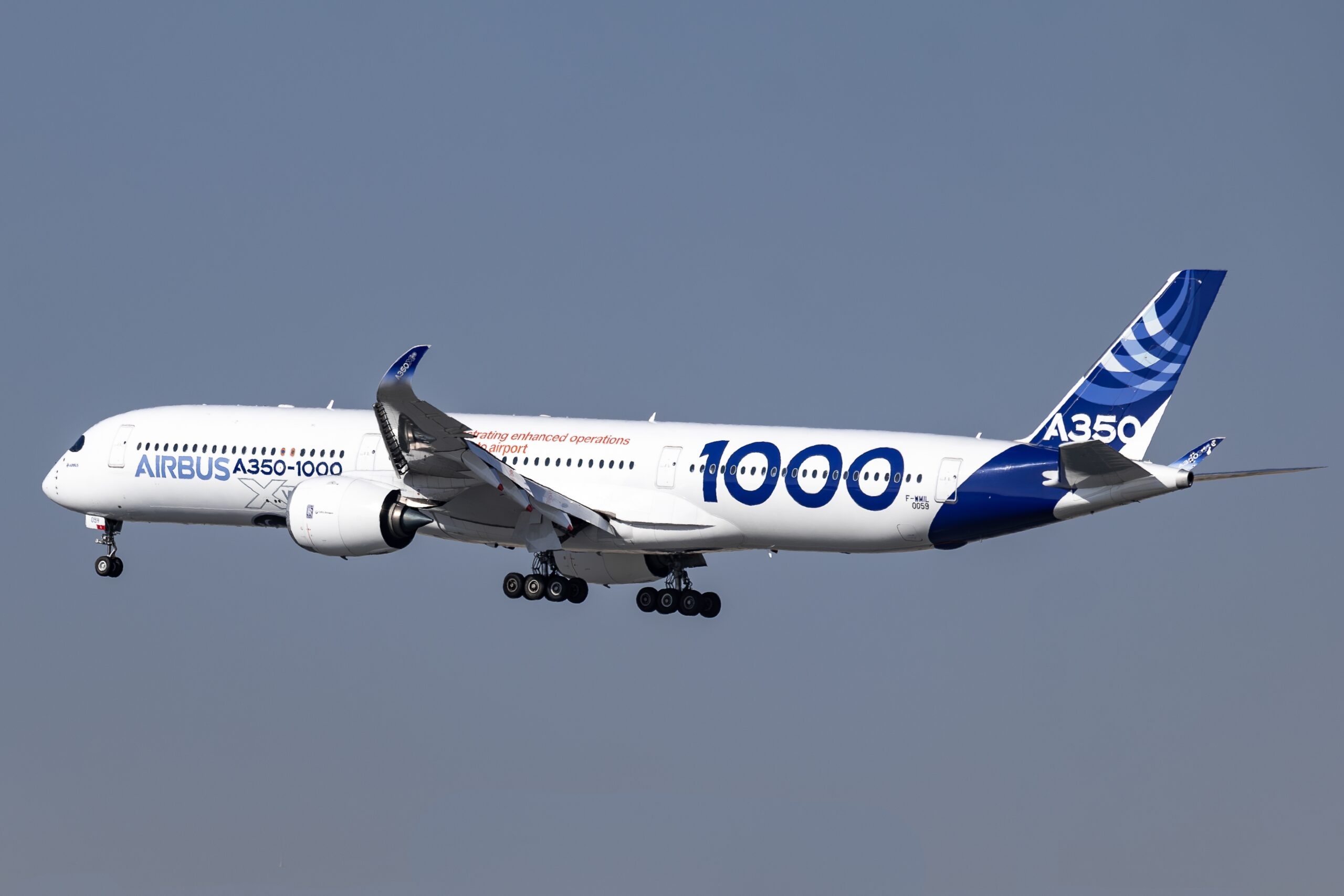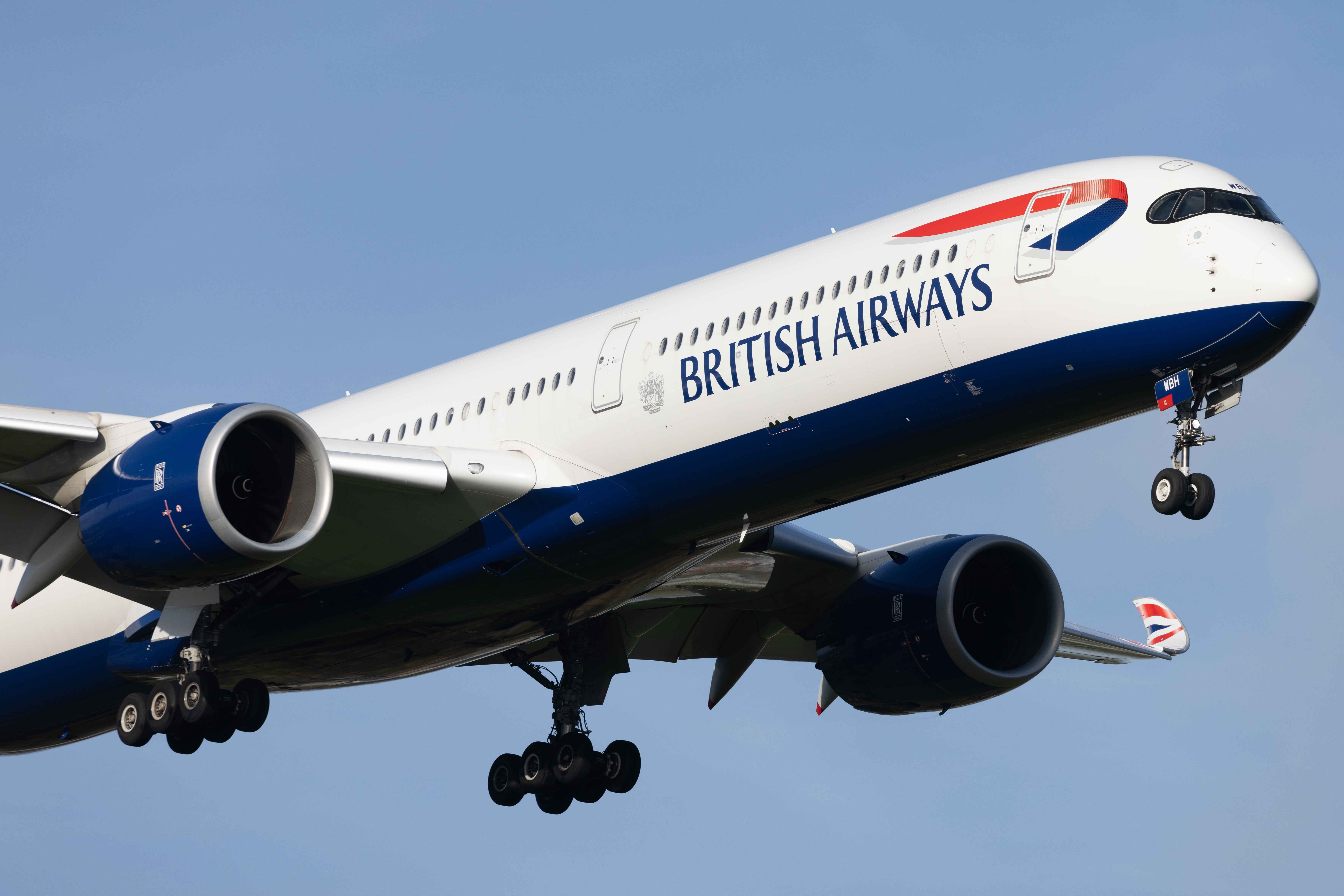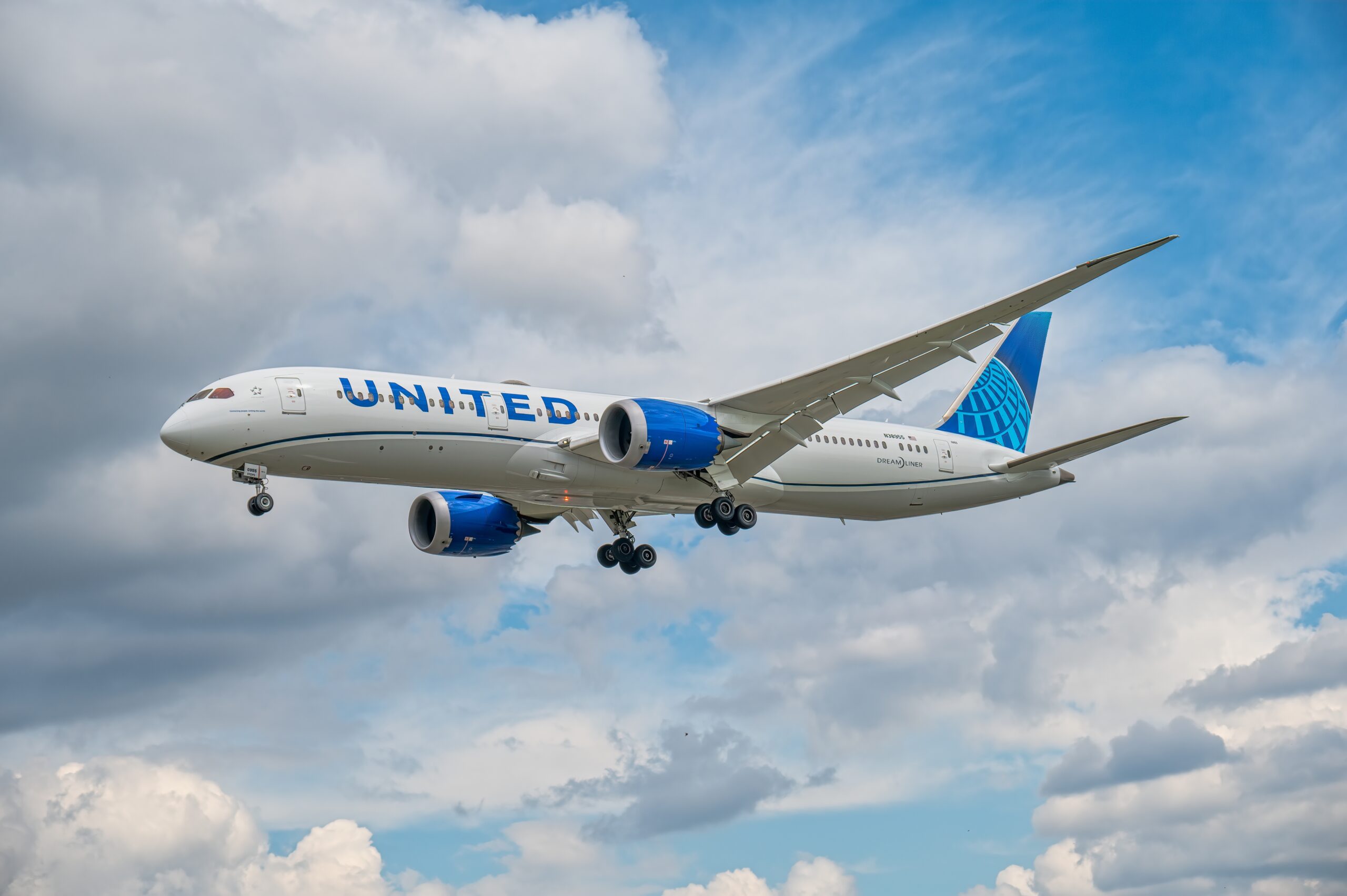Aviation Newsletter
Aviation Newsletter: November Edition
Welcome to the latest edition of our aviation newsletter. Here, we’ll explore recent developments in aviation, industry trends, and technological advancements. Whether you’re an enthusiast or a professional, there’s always something new in the skies.
Key Developments in Commercial Aviation
Commercial aviation has seen several transformative changes. Airlines are modernizing fleets with more fuel-efficient aircraft. New routes are introduced regularly, connecting more destinations globally.
The push for sustainability continues to be a significant trend. Many airlines are investing in sustainable aviation fuel (SAF). SAF helps in reducing the carbon footprint, making air travel more eco-friendly.
The integration of digital technology in operations enhances efficiency. Airports and airlines are adopting AI and machine learning. These technologies streamline everything from check-in procedures to in-flight services.
Technological Advancements
One of the most exciting areas of advancement is unmanned aerial vehicles (UAVs). Drones are finding applications beyond recreational use. They are increasingly employed in logistics, agriculture, and even surveillance.
Electric aircraft are becoming more than just prototypes. Companies like Eviation and Pipistrel are testing electric commuter planes. These could revolutionize short-distance travel with zero emissions.
Regulatory Updates
Recent regulatory changes aim at improving aviation safety and efficiency. The FAA has introduced new guidelines for pilot training. These emphasize human factors and decision-making skills.
On the international front, ICAO is updating standards to accommodate new technologies. This includes guidelines for integrating UAVs into existing air traffic systems.
Industry Trends
Post-pandemic recovery is visible with increased passenger numbers. Domestic travel has nearly returned to pre-pandemic levels in many regions. International travel is also picking up, although it lags behind.
The rise of low-cost carriers (LCCs) continues. Many traditional airlines are adopting LCC strategies. This involves unbundling services and offering lower base fares.
Pilot Shortage
The industry faces a significant pilot shortage. Many experienced pilots retired early due to the pandemic. This has resulted in increased hiring and training initiatives by airlines.
Regional airlines are particularly affected. They often serve as the entry point for new pilots. However, they struggle to attract candidates due to lower pay compared to major carriers.
Airport Innovations
Airports are incorporating more touchless technology. This reduces physical contact and speeds up processes. Biometric identification is becoming commonplace, from check-in to boarding.
Another trend is enhancing passenger experience. Airports are introducing more amenities and services. This includes wellness centers, nap zones, and improved dining options.
Air Cargo
Air cargo demand remains high. The pandemic shifted more reliance on air freight for time-sensitive goods. E-commerce growth drives sustained demand for quick delivery options.
Freight carriers are expanding their fleets. This includes converting passenger planes into freighters. Major logistics companies are also investing in building bigger air hubs.
Flight Training
Flight schools are ramping up operations to meet the pilot demand. Innovative training programs using VR and simulation are on the rise. These reduce costs and provide immersive learning experiences.
The advancement in simulation technology is notable. Modern simulators replicate real flight conditions with high accuracy. This prepares pilots better before they handle actual aircraft.
Supersonic Travel
Several companies are revisiting supersonic travel. Boom Supersonic and others are developing new aircraft. These aim to cut long-haul travel times significantly.
However, supersonic travel faces challenges like noise and high fuel consumption. Research efforts focus on creating more efficient and quieter engines.
Space Tourism
Space tourism is edging closer to reality. Companies like SpaceX and Blue Origin are pioneering this frontier. Sub-orbital flights could soon be a recreational option for those who can afford it.
The technology developed for space tourism has broader applications. Innovations in this field often trickle down to commercial aviation. This includes advancements in materials and propulsion systems.
Environmental Concerns
Environmental impact remains a critical issue for aviation. Efforts are ongoing to develop more sustainable fuels. Innovations in aerodynamics also contribute to improved fuel efficiency.
Airports are playing their part too. Many are adopting green practices like using renewable energy sources. Efforts to reduce noise pollution are also being implemented strenuously.
Passenger Experience
In-flight connectivity is improving. More airlines are providing high-speed internet on board. This allows passengers to remain productive or entertained during flights.
The focus on cabin comfort is increasing. Newer aircraft feature better seating designs and enhanced air quality. Airlines are also offering more personalized services to cater to individual preferences.
Safety Innovations
Enhancing safety remains a top priority. New aircraft come equipped with the latest safety systems. These include advanced avionics and improvements in structural integrity.
Safety training for crew members is also evolving. Simulated emergency scenarios are now more sophisticated. This ensures that crew can handle a wide range of potential issues effectively.
Future of Aviation
Looking ahead, electric aviation holds promise. Advancements in battery technology will likely extend range and usability. Autonomous aircraft is another area of interest, though regulatory hurdles remain.
Aviation is poised to become more integrated with other transportation systems. Seamless transitions between air and ground transport are a goal. This could involve shared data platforms and synchronized schedules.
Closing Thoughts
With so many developments, there’s never been a more exciting time in aviation. The industry is addressing challenges while pushing the boundaries of what’s possible. Stay tuned for more updates as we keep you informed on what’s happening in the skies.






